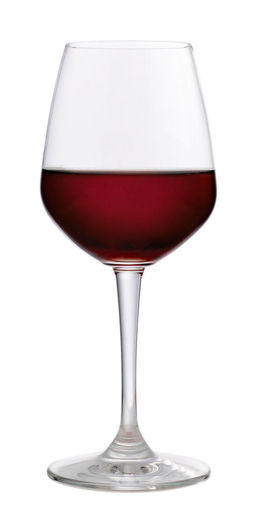 One of the responses to this year's edge annual question was critical of memetics. Timothy Taylor starts out by arguing that some elements of culture are different from what you find in biology:
One of the responses to this year's edge annual question was critical of memetics. Timothy Taylor starts out by arguing that some elements of culture are different from what you find in biology:
Clarke argued that the world of wine glasses was different to the world of biology, where a simple binary key could lead to the identification of a living creature (Does it have a backbone? If so, it is a vertebrate. Is it warm blooded? If so, it is a mammal or bird. Does it produce milk? . . . and so on). A wine glass is a polythetic entity, which means that none of its attributes, without exception, is simultaneously sufficient and necessary for group membership.
This is a simple case of cherry picking an example. Of course there are "polythetic" entities in ordinary biology. Think of a nest, for example. Or a rainforest. Or an organ. It simply isn't the case that the world of biology is not "polythetic".
The article makes extensive use of the example of a wine glass, and one of the conclusion seems to be that wine gasses are not memes. Hang on a minute, though. Very rarely are wine glasses copied from other wine glasses. Most wine glasses are produced in factories. There are things that are copied during wineglass production, but they are usually blueprints or recipes for manufacturing the wine glasses and the components of the wineglass factories - not the wine glasses themselves. So, according to fairly conventional memetic ideas, wine glasses would be meme products - rather than memes themselves. This puts them mostly on the "phenotype" side of the genotype/phenotype divide.
So, it seems as though Timothy Taylor and Timothy Tyler agree that wineglasses are not memes. However, Timothy Taylor apparently thinks that this "indicates limits to the idea of the meme", while Timothy Tyler would argue that memes are small bits of inherited cultural information, and that most artifacts are better considered to be meme products.
Whether wine glasses are "polythetic" or not is an irrelevant issue. Its relevance to memetics depends on the implied idea that wineglasses qualify as being memes. This implied claim is unreferenced - and I think it is a claim that few would make in the first place.
Taylor argues that "polythetic entitation" means that:
it may be reasonable to consider the intentional patterning of matter by Homo sapiens as a new, separate kind of ordering in the universe
I would make a similar claim but not for "polythetic entitation". I think that intelligent design by engineers represents a new kind of evolution.










A comprehensive discussion on this topic is done by George Lakoff, based on the work on categorization by Eleanor Rosch, and also by Amos Tversky. Namely, prototype theory. Categories expand to include more members, starting off from one prototypical concrete object. As the concept expands, more and more particular details of the prototype can be abstracted away, such as the material (glass). Lakoff argues that what ends up being common to all objects included in the category is the functional way in which humans interact with the object, rather than "objective" intrinsic properties.
ReplyDeleteDouglas Hofstadter and Emmanuel Sander also discuss this topic from a similar perspective, in their "Surfaces and Essences: Analogy as the Fuel and Fire of Thinking".
A glass of wine may very well continue to be a meme, under the identity criteria discussed by Rosch, Tversky, Lakoff, Hofstadter, Sander, etc. Biology is constrained by the fact that patterns produced in this environment are limited, by necessity, to a narrow range of underlying implementations. Biological dogs can only be made out of molecules, and being carnivorous is still a variation on the same theme. But a glass wine can be made of all kinds of stuff. And something even more abstract, like a list sorting algorithm, may support widely different implementations (mechanical, electronic etc.). Is "list sorting", which is ubiquitous in modern software, not a meme simply because of the large variety of platorms it runs on and ways in which it's implemented?